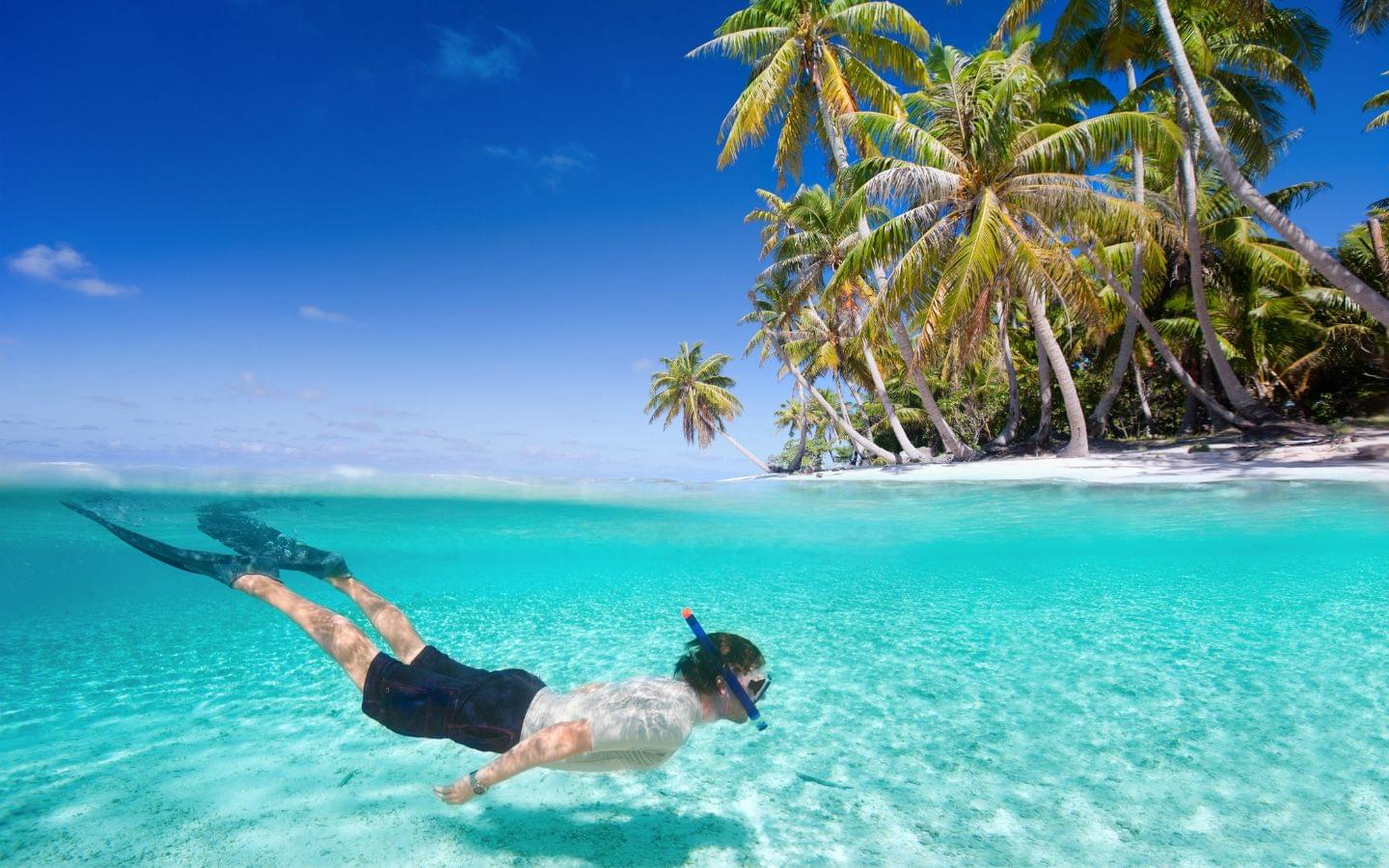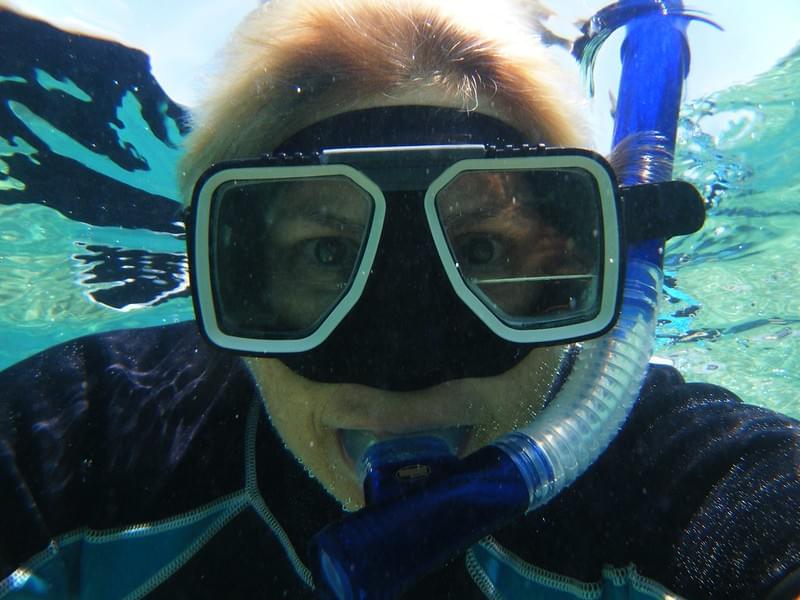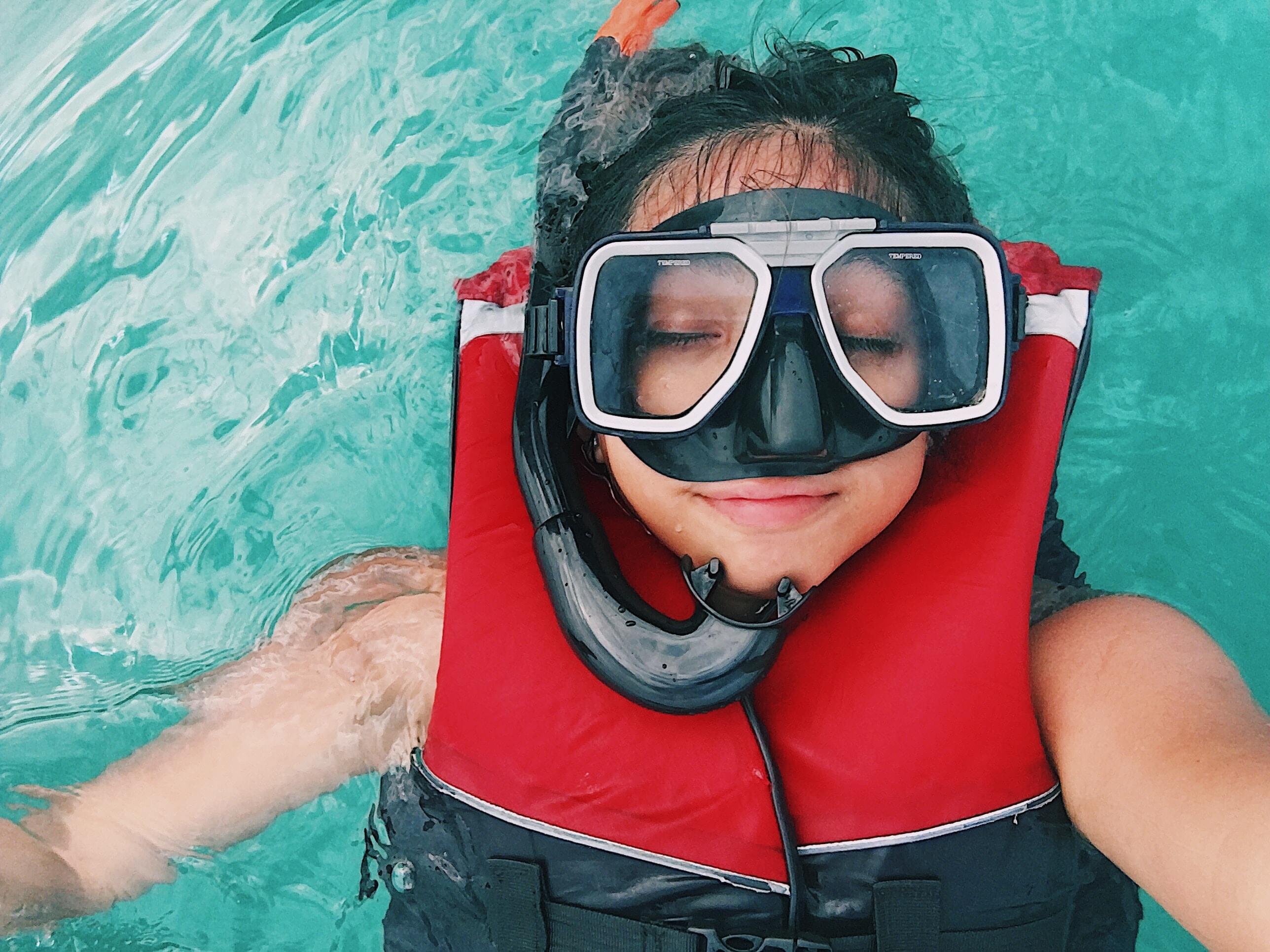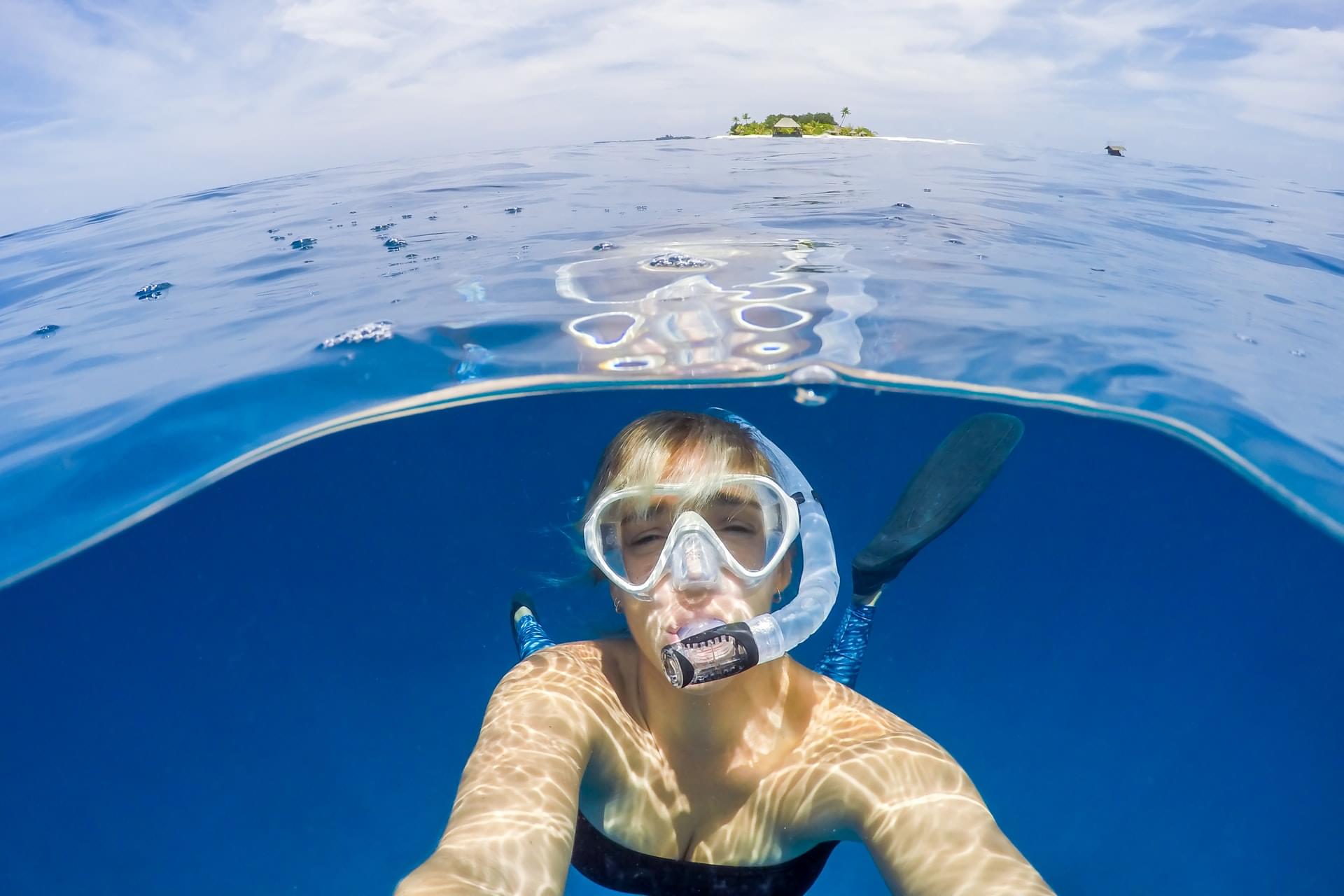Best winter snorkeling destinations (2025 update)
Looking for the top spots to snorkel when temperatures drop at home? Here are the best winter snorkeling destinations around the world, with calm seas, sunny weather, and plenty of marine life.
While it’s easy enough to find a sunny place to escape during the winter, not all warm climates have good snorkeling conditions that time of year. That can make planning a tropical getaway tricky if you’re dreaming of clear water and healthy reefs.
If you’re based in a northern climate and are looking for a winter snorkeling getaway, we’ve got you covered. To help you plan your trip, we’ve put together a list of the best destinations worldwide with vibrant sea life, calm waters and warm weather during the winter months.
The Caribbean
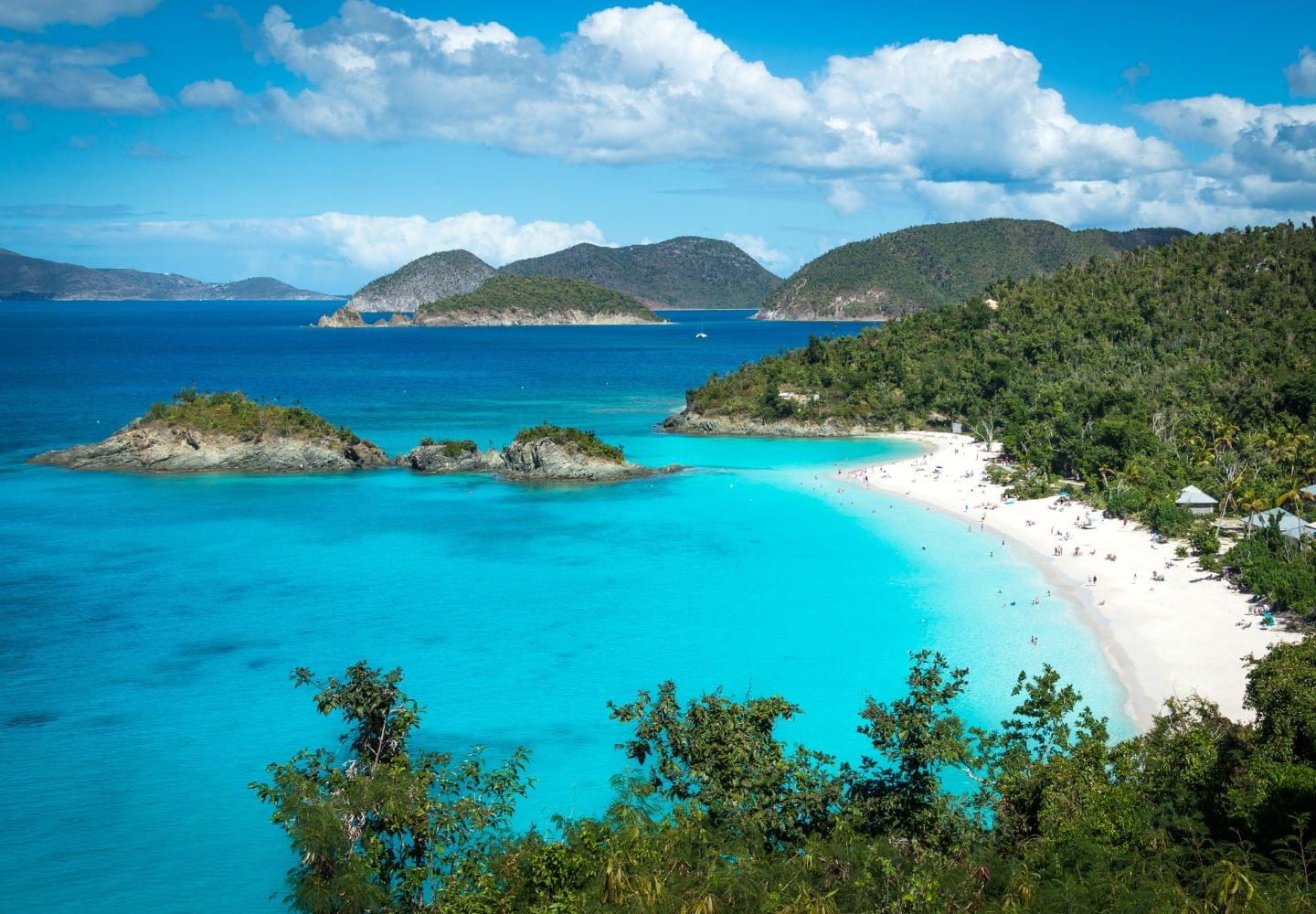
The Caribbean remains a favorite among snorkelers and winter sun-seekers. Winter marks the dry season for many islands, so you can expect calm seas and warm water temperatures around 80 °F1. With easy access from North America and frequent flight deals, it’s an ideal choice for a winter snorkeling vacation.
Beginners and families can snorkel from pristine beaches in the US Virgin Islands and the Cayman Islands. Farther south, the ABC islands offer even warmer water: Aruba, Bonaire and Curaçao have shallow reefs, coral gardens, shipwrecks and white-sand beaches with typically gentle conditions.
Experienced snorkelers can explore remote atolls and cayes off the coast of Belize or underwater volcanic craters in Dominica. For more ideas, see our guide to the best snorkeling in the Caribbean.
Hawaii
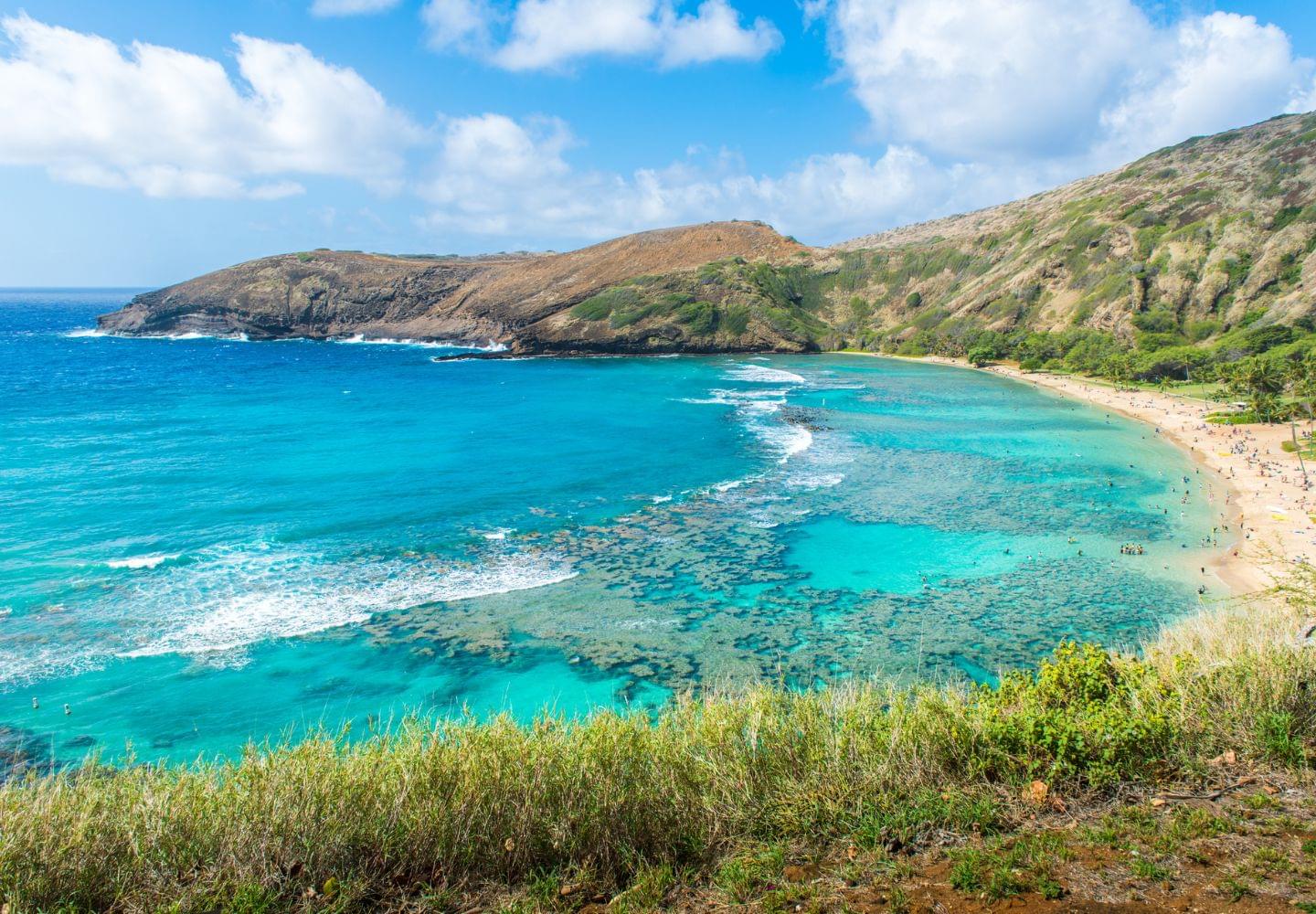
Although winter brings big surf to Hawaii’s north shores, the south and west coasts of some islands stay sheltered and offer great snorkeling. On Maui, head to the south and west shores for calm mornings at Black Rock (near Kaanapali Beach), Olowalu, La Perouse Bay, Ulua Beach, Charley Young Beach and Makena Landing. Maui’s winter highlight is humpback whale season—whales arrive in December and peak in January2. You can’t swim with them, but they often surface near whale-watching boats and kayaks; combine a whale-watching cruise with a guided snorkel for the best experience.
On the Big Island, the Kona Coast is sheltered from strong ocean swells. Kailua-Kona is a top snorkeling spot and one of the best places to swim with manta rays year-round. Kauai’s reef-protected beaches—Poipu Beach, Lydgate Beach, Koloa Landing and Anini Beach—offer calm conditions throughout winter. Oahu’s north shore is known for high surf, but Hanauma Bay on the island’s southeast is a protected nature preserve with shallow waters and colorful fish, making it a safe choice for beginners.
Mexico
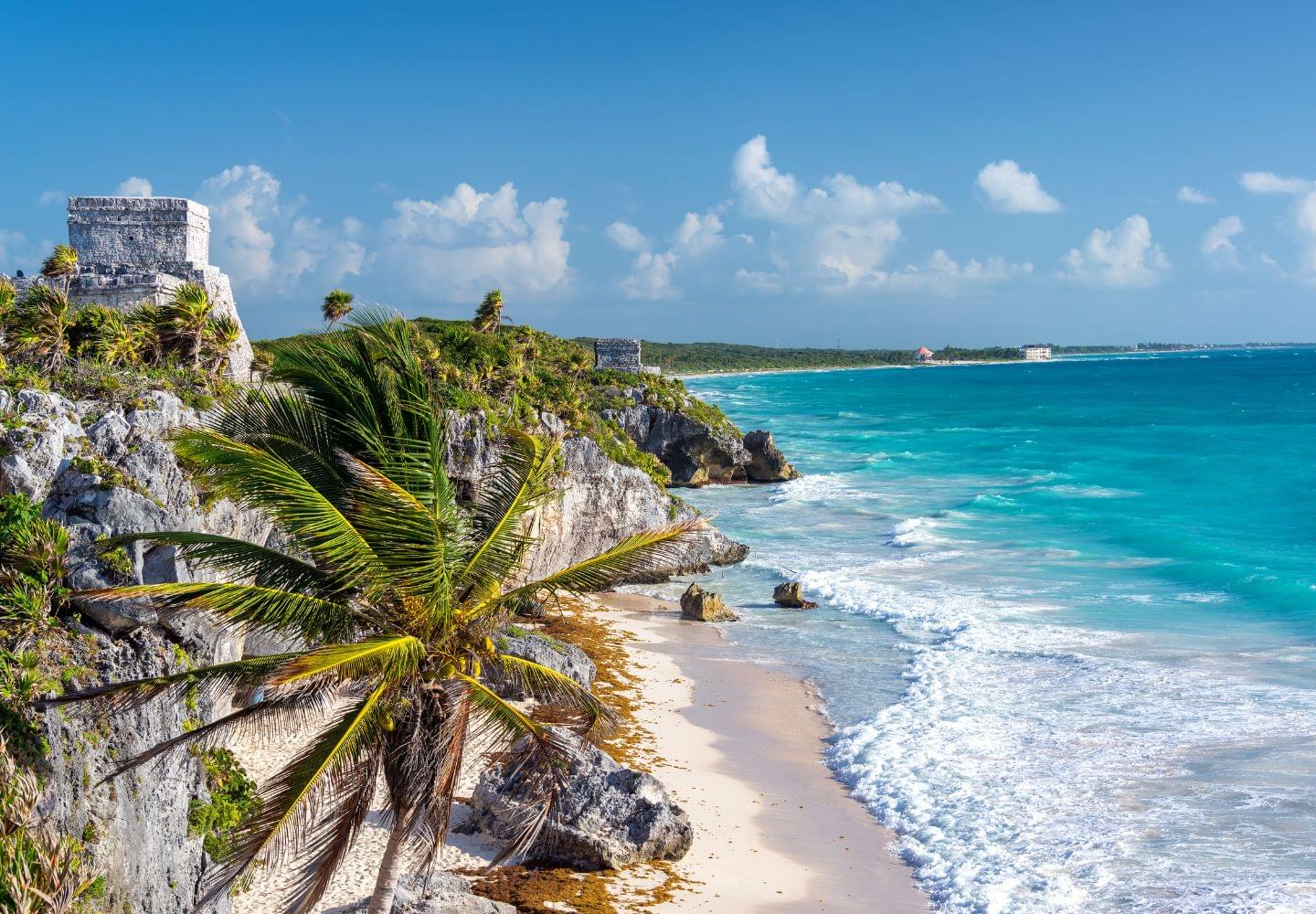
Mexico’s Yucatan Peninsula is a top winter destination thanks to its dry, sunny climate and clear waters. Cozumel’s beaches and calm lagoons let you snorkel with dolphins, sea turtles, nurse sharks, eels, angelfish and other tropical fish. Coral formations here are part of the Mesoamerican Reef, the second-largest barrier reef in the world.
For something different, visit the underwater sculptures at the Cancun Underwater Museum (MUSA). Inland, you can snorkel in cenotes—limestone sinkholes with crystal-clear freshwater. Cenote Dos Ojos near Tulum is one of the most popular. For more details on Mexico’s snorkeling hotspots, read our guide to snorkeling in Mexico.
Florida
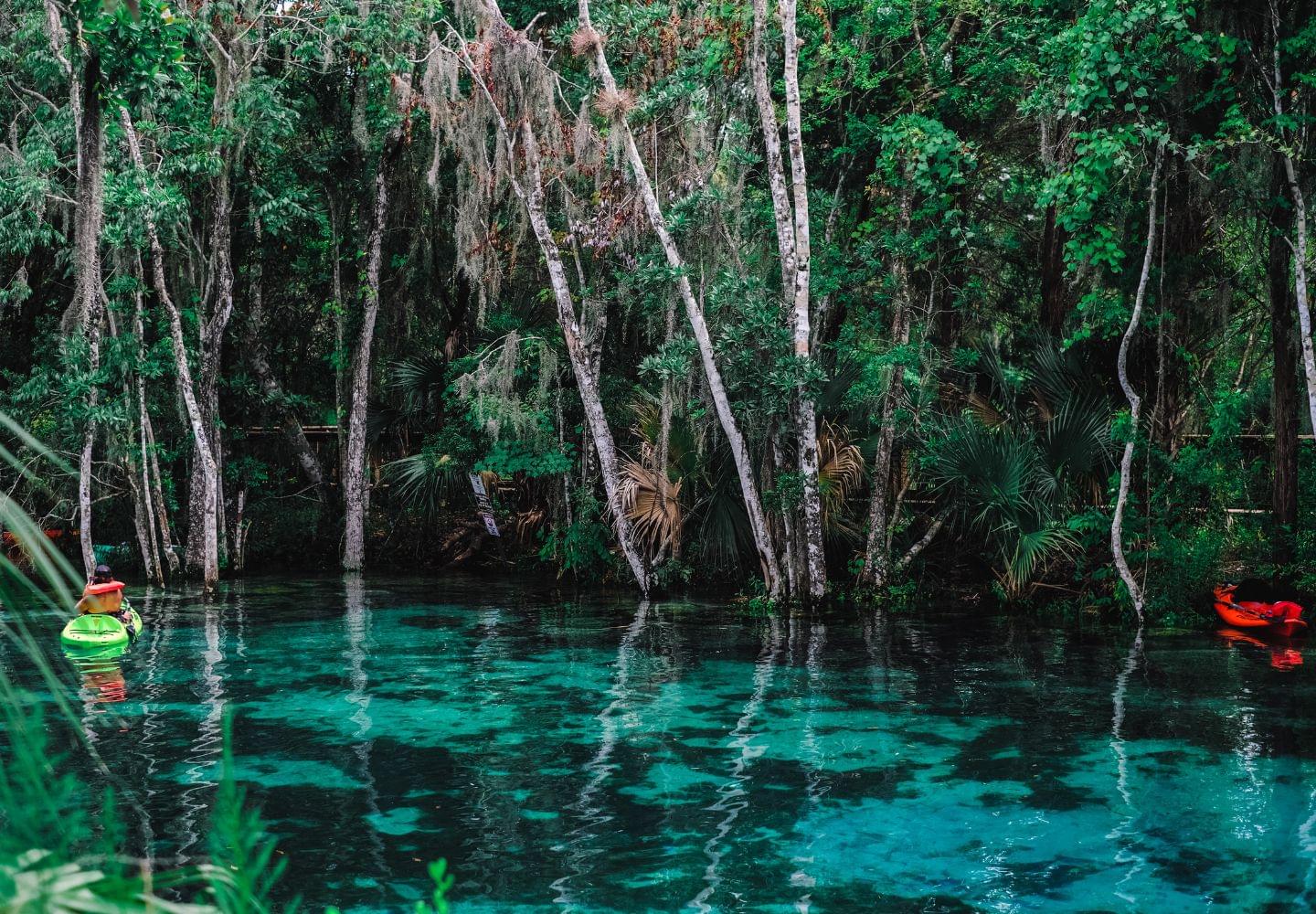
Florida offers a warm getaway without leaving the U.S. Although the water in the Gulf of Mexico and the Atlantic Ocean is cooler than in the Caribbean, the Keys still have good winter snorkeling. The 350-mile Great Florida Reef runs along the Keys, and many sites are protected within the Florida Keys National Marine Sanctuary. For an offshore adventure, take a ferry or seaplane to Dry Tortugas National Park. Closer to shore, John Pennekamp Coral Reef State Park on Key Largo has mangroves, seagrass beds and coral reefs accessible by boat trips.
Florida’s natural springs offer a unique alternative. Constantly 72 °F year-round, Crystal River is one of the best places to swim with manatees in winter, as the gentle giants seek out warmer freshwater to escape the Gulf.
Maldives
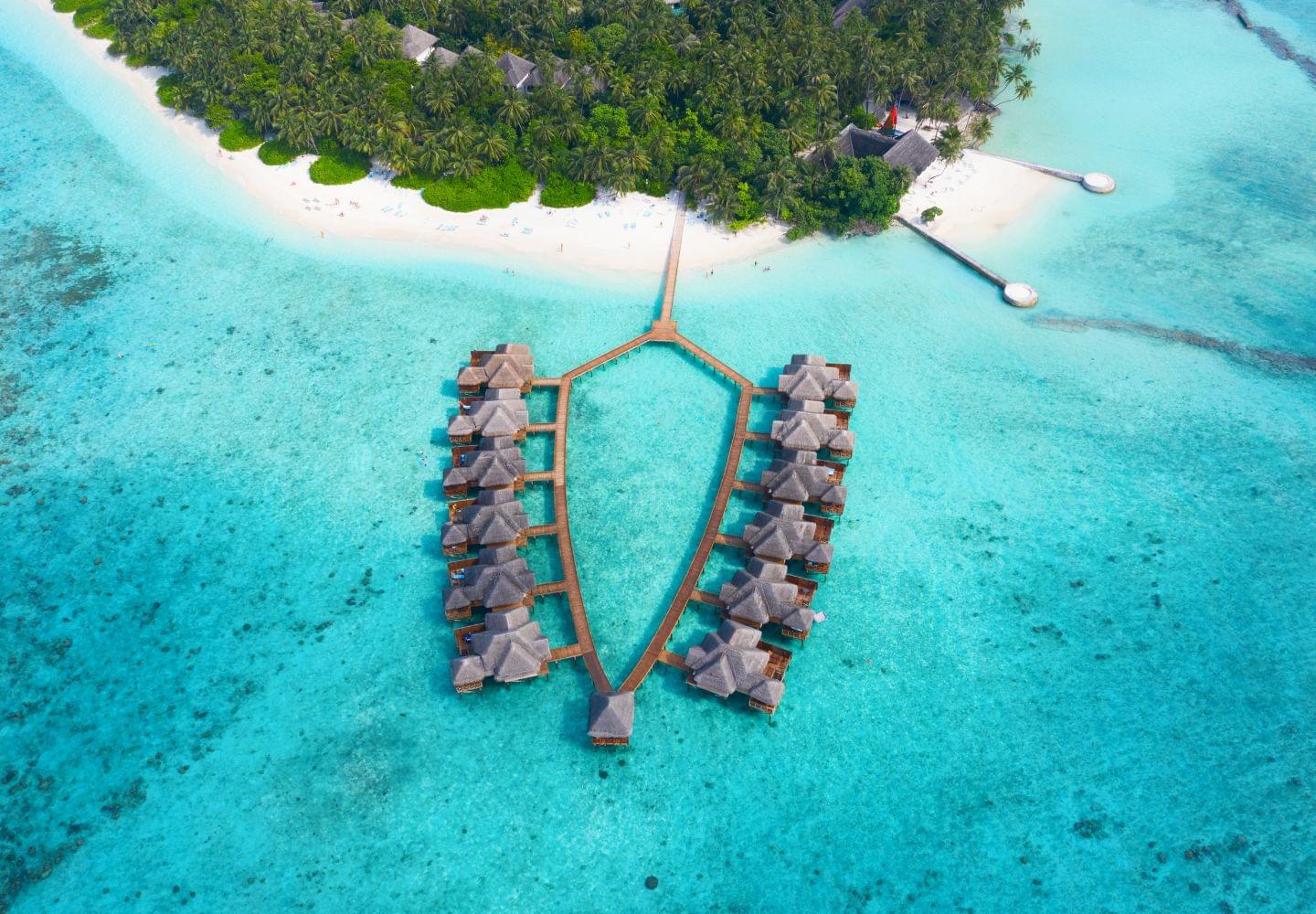
Though it’s a longer journey from North America, the Maldives is a winter snorkeling paradise. December through February falls within the dry season, bringing sunny skies, hot days and calm seas. The archipelago, made up of 26 natural atolls and roughly 1 200 islands, has incredible marine biodiversity—over 1 000 fish species and numerous healthy coral reefs3.
Many resorts offer excellent house reefs where you can wade straight into the water. Lhaviyani Atoll (Faadhippolhu) is a favorite, with outstanding shore snorkeling around Kuredu. In the Male Atolls, you can see reef sharks, rays, whale sharks, turtles and colorful fish. The Ari Atoll is known for shallow lagoons and accessible coral walls.
Philippines
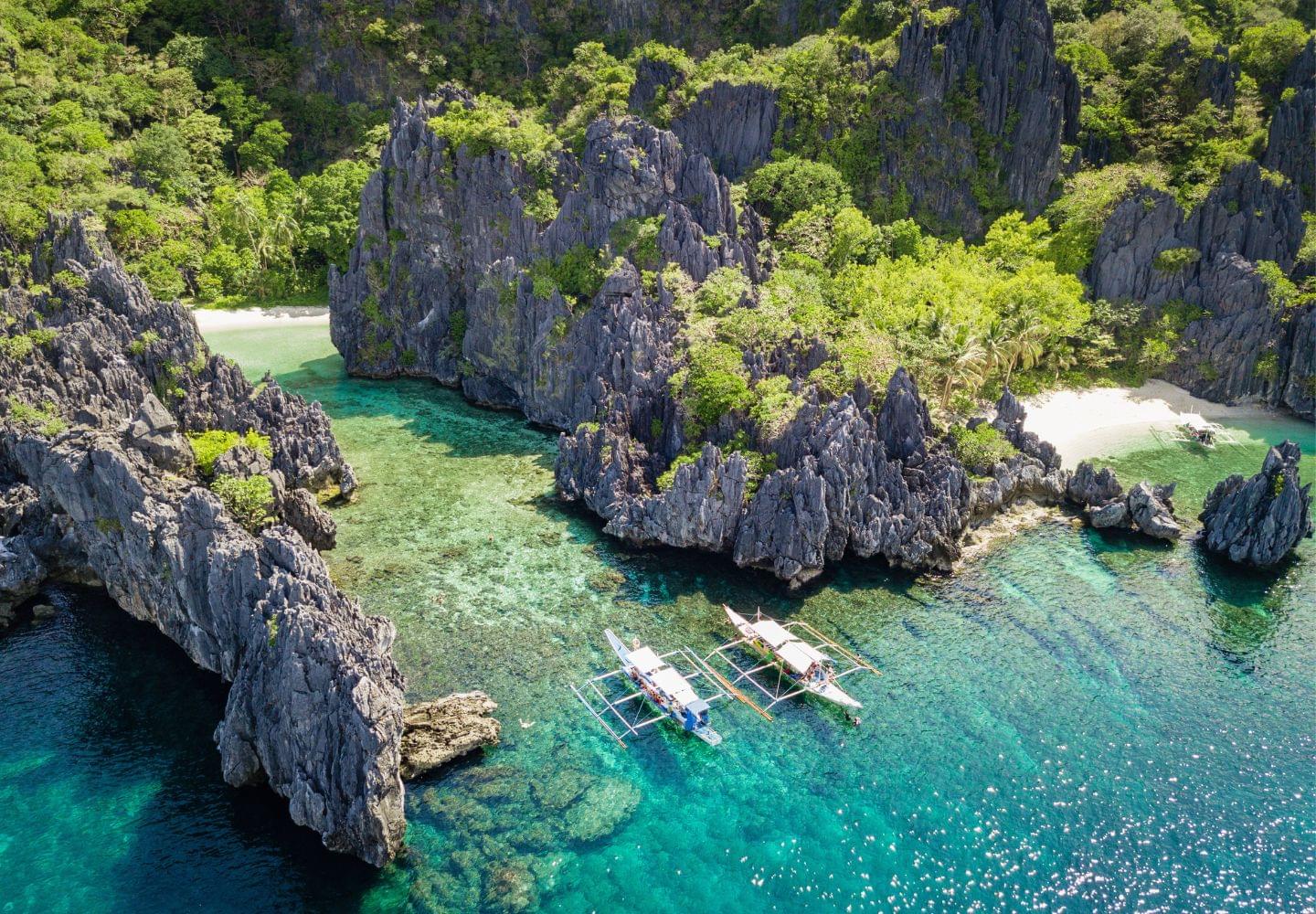
With more than 7 000 islands and some of the most diverse reefs in the Coral Triangle4, the Philippines ranks high for winter snorkeling. The dry season (December–May) is the best time to visit.
On Cebu Island, Nalusuan Marine Sanctuary offers an easy snorkel with tropical fish, while the village of Oslob is famous for whale-shark encounters. Moalboal’s reefs host the spectacular sardine run. Apo Island marine reserve in Dauin is known for green sea turtles, and the nearby islands of Pamilacan, Balicasag, Cabilao and Siquijor have abundant coral and fish.
In Palawan, you can snorkel at Siete Pecados marine park near Coron or explore the reefs off Matinloc Island near El Nido. The fish are so plentiful you’ll feel like you’re swimming through an aquarium.
Raja Ampat, Indonesia
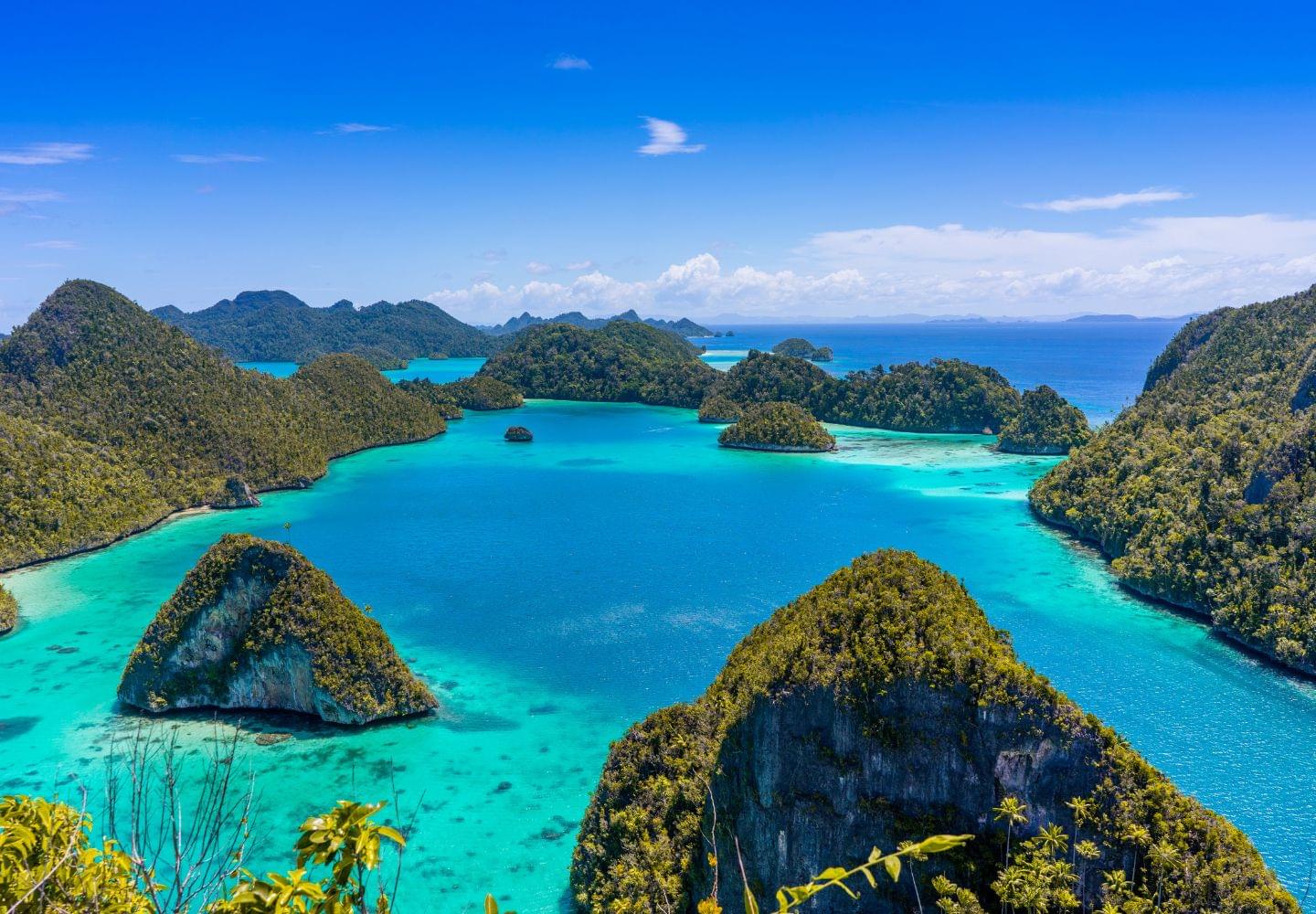
While much of Indonesia experiences rain in winter, Raja Ampat stays calm and clear from November through March. Located in the heart of the Coral Triangle, it boasts some of the world’s richest marine biodiversity. Manta rays frequent the area in winter to feed on plankton, and you can also spot giant clams, pygmy seahorses and dugongs.
Pristine reefs can be found off Batanta and West Waigeo, while sites like Friwen and Yenbuba Jetty on Mansuar are more accessible. Gam Island combines coral reefs and mangroves with an extraordinary variety of nudibranchs.
Frequently asked questions
Do I need a wetsuit to snorkel in the winter?
If the water temperature is above 72 °F, wetsuits are not typically necessary (see this guide on choosing wetsuit thickness for reference). That covers most destinations listed here, although Florida’s offshore waters can be cooler. If you get cold easily or plan long sessions in the water, consider wearing a shorty wetsuit or a neoprene vest for extra warmth.
What should I pack for a winter snorkeling trip?
Sun protection is critical in winter destinations near the equator. Pack reef-safe sunscreen and UPF-rated clothing such as a rash guard or swim leggings. Bring your own mask, snorkel and fins for the best fit—rental gear is available but may be less comfortable. For more advice on what to wear, see our guide to what to wear snorkeling.
Resources
-
“Temperature of the water of the Caribbean Sea.” SeaTemperatu.re. seatemperatu.re. ↩
-
McCall, Caitlin. “Humpback Whales – The World’s Best Places for Whale Watching and Swimming.” PADI, 9 February 2022. padi.com. ↩
-
Naseer, Abdulla. “Profile and Status of Coral Reefs in Maldives and Approaches to its Management.” Ministry of Fisheries and Agriculture. fao.org. ↩
-
“Coral Triangle.” World Wildlife Fund. worldwildlife.org. ↩
Last updated 30 August 2025
